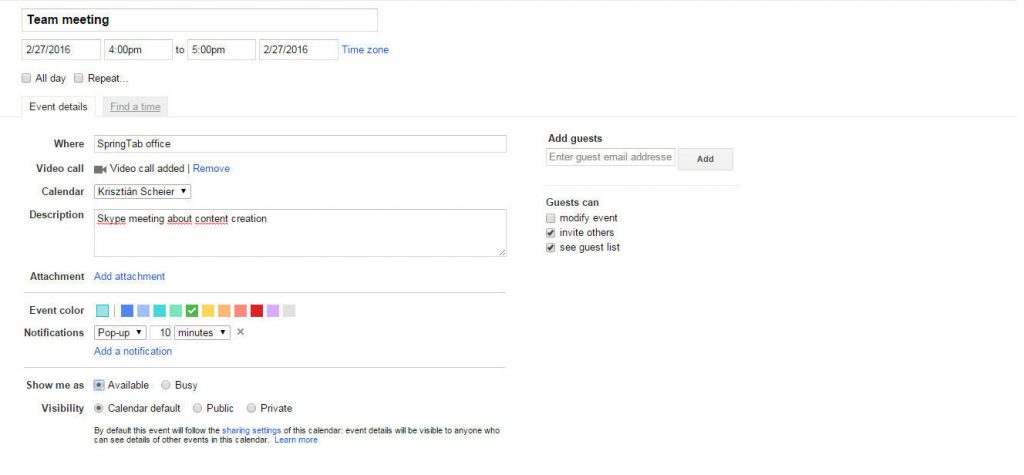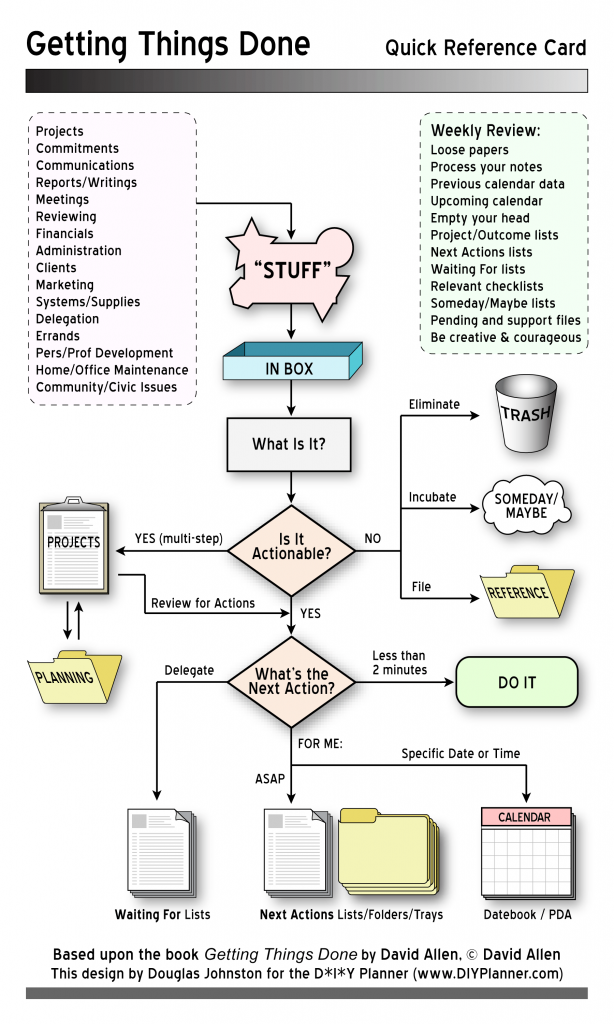Why larger corporations are afraid to innovate?
Many startups struggle with convincing larger companies about the values of innovative, new ideas. To some extent, we also face similar problems.
My company, SpringTab, helps website owners collect information about the preferences of their visitors and personalize their content according to the gathered data. Although personalization is not an entirely new concept and it is quite popular among professional marketers, it could still get very difficult to persuade decision-makers at larger, hierarchical organizations about the benefits of our methods.
I believe that this is at least partly due to the fact that innovation is not necessarily in their best interest. I’ve spent a lot of time trying to figure out why managers at huge corporations are not more open to experimenting — even though they have the budget — to try new approaches.
These are the main reasons that I’ve come up with:
Organizational structure
At hierarchical organizations, communication flows from the top to the bottom. This traditional company structure discourages innovation and makes effective collaboration among co-workers almost impossible.
I believe Aaron Ross’s Predictable Revenue is a great concept that can help generate quality leads for your business. To a certain level, we apply these sales principles. But with hierarchical organizations, they don’t always work.
We always try to reach out to C-level people who could give us a referral to the right person at the company. And if it’s a larger corporation, more often than not what happens next is that the person we were directed to either delegates the tasks further down or doesn’t have the authority to make a decision.
I’ve talked with at least a dozen potential customers who saw the value in our product, but couldn’t help us make a sale due to an outdated organizational structure.
Fear
Innovation is risky, and mid-level managers wouldn’t want to risk their comfortable 9-to-5 jobs, especially if they could get by without trying anything new.
There’s no danger if you don’t make decisions
No one wants to take responsibility for business plans that have uncertain outcomes, and at larger corporations it’s easier to avoid making decisions.
Skill deficit
In rapidly evolving fields, such as online marketing, new techniques turn up at a much faster rate than in more traditional industries. But you have to be up to date to appreciate the advantages they could bring, and the need to educate your prospect could slow down any sales process.
Insufficient experimentation
It could take a lot of testing to figure out how a new approach could affect your bottom line and find which is the most effective way to implement the changes. Many companies are willing to finish their testing if the early results are not entirely positive, even though a more thorough process would bring a different outcome.
Lack of trust in outside consultants
Many companies, because of security reasons, avoid discussing company matters with outside consultants. As the saying goes, two heads are better than one, and this practice of distrust could be extremely damaging if a company faces a problem it can’t handle well on its own.
Centralization
Even when managers are open to new approaches, an overly centralized decision-making process could make it impossible for them to implement changes.
For example, if you need approval from the center to develop new features for a local website, and decision-makers are unreachable or not willing to pay attention to cultural differences, not much is going to happen.
Mission statement is not based on reality
What companies do and say are two different things. Managers at seemingly innovative firms might also face structural problems that could block innovation. And a great mission statement is not going to change anything if it doesn’t affect the day-to-day operation.
Focusing only on efficiency
As the Harvard Business Review points out, once a business figures out how to solve its customers’ problems, organizational structures and processes emerge to guide the company toward efficient operation.
This means that the company is going to focus on doing what it already does a bit cheaper and faster, instead of experimenting with transformational growth products.
Short-term thinking
I’ve heard many times that the company needs to overcome some difficulties before it could experiment with something new. The problem is that the house will always be on fire. And if an organization is only focusing on its current affairs and delays experimentation because of them, it will miss the chance to find something that could turn things around. Sooner or later the company will have a very serious problem: an outdated product.
Larger corporations can make great clients, but for the reasons I’ve listed, they are very hard to obtain. Some of the dedicated managers working at these firms are well aware of the dangers in short-term thinking and other structural problems I’ve written about. Finding them might give you a chance to convince a larger corporation about trying out a new approach, against all odds.
So, what do you think? Did you face similar problems? How do you try to convince managers working at hierarchical organizations about the advantages of your product?













































